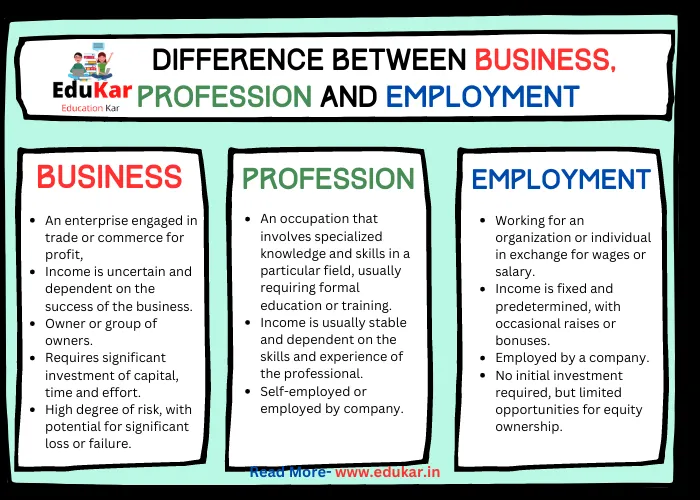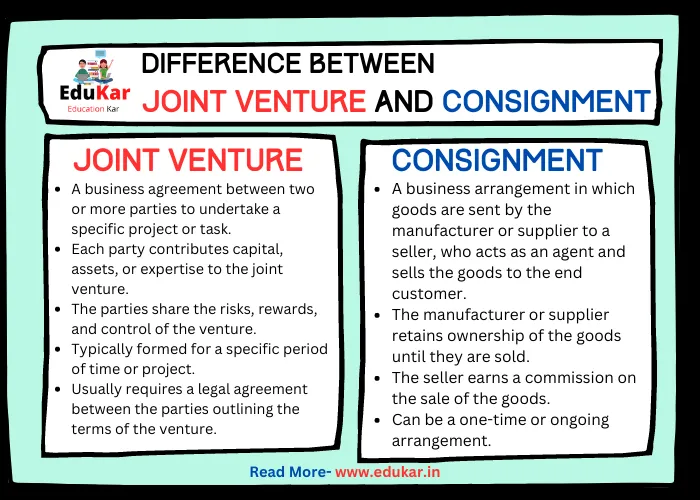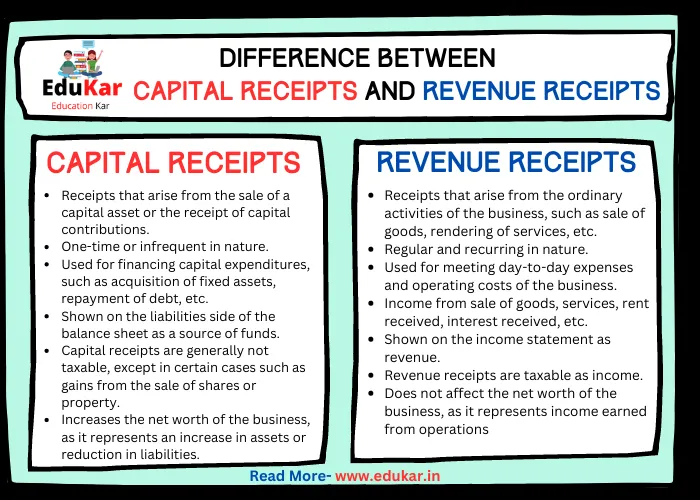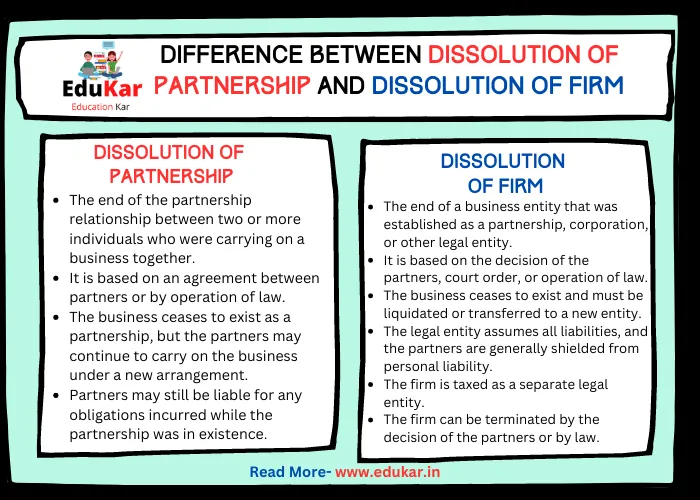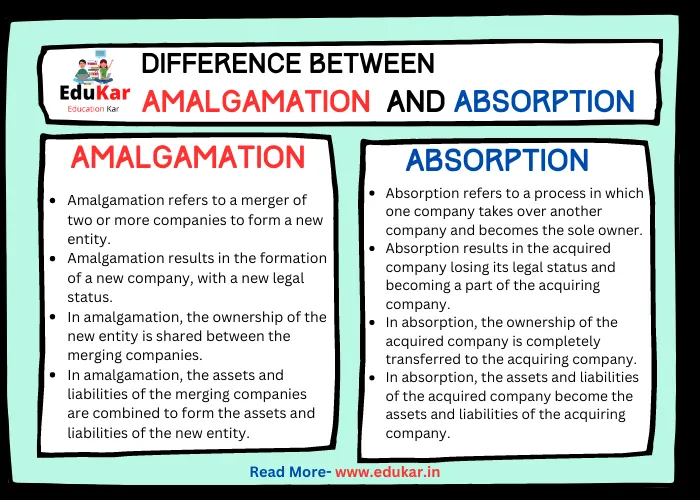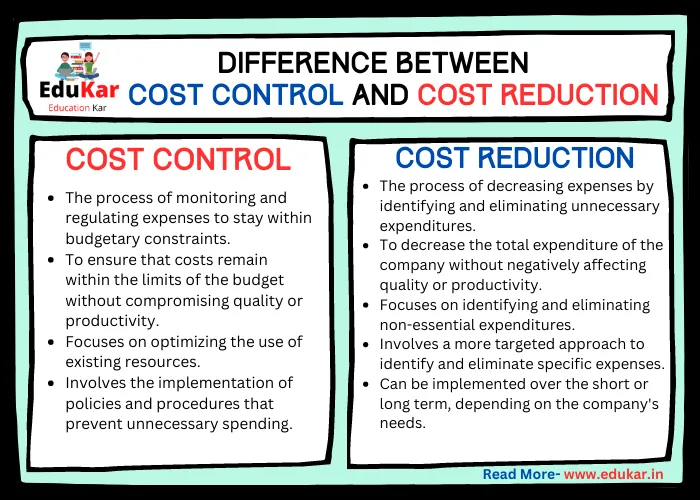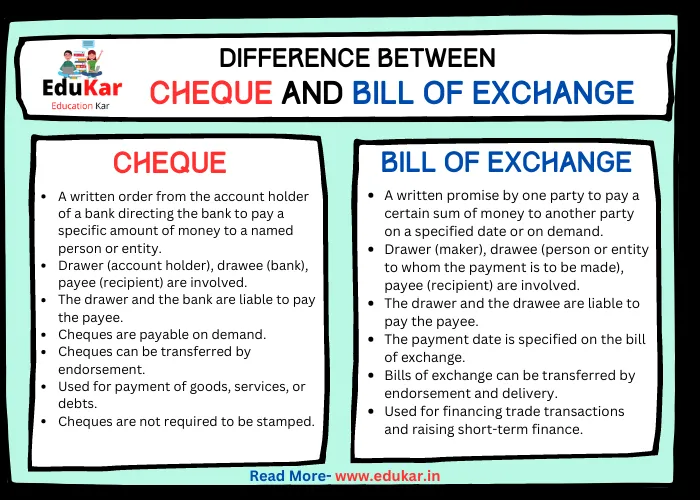Contents
- 1 Introduction
- 2 Equity Shares
- 3 Preference Shares
- 4 Differences between Equity Shares and Preference Shares
- 5 Examples of Companies and their Share Structure
- 6 Conclusion
- 7 FAQs:
- 7.1 What is an equity share?
- 7.2 What is a preference share?
- 7.3 What is the main difference between equity shares and preference shares?
- 7.4 Can preference shareholders also receive a share of the profits?
- 7.5 Do preference shareholders have any voting rights?
- 7.6 Which type of share is riskier, equity or preference?
- 7.7 Can a company issue both equity and preference shares?
- 7.8 How do I decide whether to invest in equity shares or preference shares?
Learn the key differences between equity shares and preference shares in this comprehensive guide. Discover the benefits and drawbacks of each type of share, and gain a deeper understanding of how they function in the world of finance. Whether you’re an investor, business owner, or simply curious about the stock market, this article has everything you need to know about equity shares and preference shares.
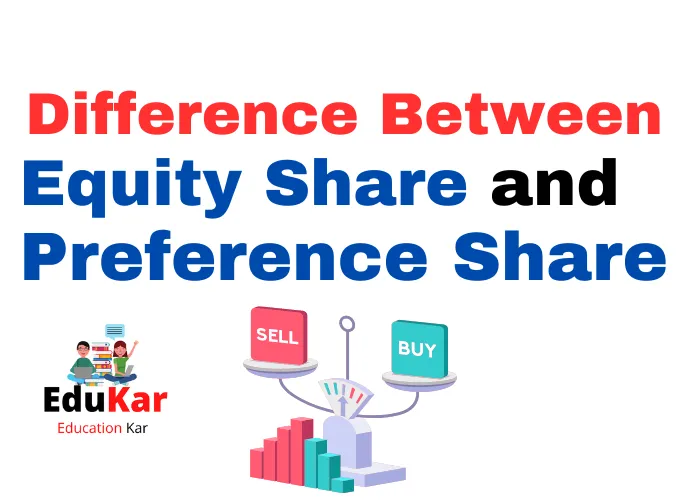
Introduction
Investing in the stock market can be a great way to grow your wealth over the long term. When investing in stocks, it is essential to understand the different types of shares available to purchase. The two main types of shares that companies can issue are equity shares and preference shares.
Equity shares, also known as common shares, represent ownership in a company. When you purchase equity shares, you become a part-owner of the company and are entitled to a share of the company’s profits. Equity shareholders have the right to vote at company meetings and elect the board of directors who oversee the company’s operations.
One of the main advantages of holding equity shares is the potential for capital appreciation. As the company grows and becomes more profitable, the value of its shares can increase, leading to higher returns for shareholders. Another advantage of holding equity shares is that they typically pay higher dividends than preference shares. However, dividends are not guaranteed and can vary from year to year based on the company’s performance.
One disadvantage of holding equity shares is that they are more volatile than preference shares. The value of equity shares can fluctuate greatly depending on the company’s performance and the overall market conditions. Equity shareholders also have the highest risk compared to other stakeholders in the company as they are the last to receive their money in the event of bankruptcy.
Voting Rights and Ownership
Stake Equity shareholders have the right to vote at company meetings and elect the board of directors who oversee the company’s operations. The number of votes each shareholder has is based on the number of shares they own, giving them more control over the company’s decisions.
Equity shareholders are exposed to several risks, including market risk and company-specific risk. Market risk refers to the risk that the overall market conditions will affect the value of the shares. Company-specific risk refers to the risk that the company’s performance will be negatively affected by factors such as poor management decisions or increased competition.
Preference shares, also known as preferred stock, are a type of share that has priority over equity shares when it comes to receiving dividends. The company pays a fixed dividend to preference shareholders before paying any dividends to equity shareholders. Preference shares are similar to bonds in that they provide a fixed income to investors.
One of the main advantages of holding preference shares is that they provide a fixed income to investors. The company pays a fixed dividend to preference shareholders before paying any dividends to equity shareholders. This can be attractive to investors who are looking for a stable source of income.
Another advantage of holding preference shares is that they are less volatile than equity shares. The value of preference shares is less affected by market conditions and tends to be more stable.
However, one of the disadvantages of holding preference shares is that they do not have voting rights. This means that preference shareholders do not have a say in the company’s decisions and cannot elect board members.
Fixed Dividends and Priority in Receiving Dividends
Preference shares provide a fixed income to investors. The company pays a fixed dividend to preference shareholders before paying any dividends to equity shareholders. This can be attractive to investors who are looking for a stable source of income.
Preference shares also have priority over equity shares when it comes to receiving dividends. This means that if the company runs into financial difficulties and needs to reduce its dividend payments, preference shareholders will still receive their fixed dividend before any dividends are paid to equity shareholders.
| S.No. | Equity Shares | Preference Shares |
|---|---|---|
| 1 | Equity shares represent ownership in a company | Preference shares represent a fixed dividend payment |
| 2 | Equity shareholders have voting rights | Preference shareholders may or may not have voting rights |
| 3 | Equity shareholders bear the most risk in the company | Preference shareholders have less risk than equity shareholders |
| 4 | Equity shares are traded on stock exchanges | Preference shares are less frequently traded on stock exchanges |
| 5 | Equity shareholders receive dividends after preference shareholders | Preference shareholders receive dividends before equity shareholders |
| 6 | Equity shareholders have the potential for higher returns | Preference shareholders have a lower potential for returns |
| 7 | Equity shares have no fixed dividend payment | Preference shares have a fixed dividend payment |
| 8 | Equity shareholders have the potential for capital appreciation | Preference shareholders generally do not have the potential for capital appreciation |
| 9 | Equity shares may be converted into preference shares | Preference shares cannot be converted into equity shares |
| 10 | Equity shareholders may receive residual assets after liquidation | Preference shareholders receive priority in the distribution of assets during liquidation |
Many companies issue both equity shares and preference shares. For example, Coca-Cola has both common stock and preferred stock. The common stock has voting rights and represents ownership in the company, while the preferred stock pays a fixed dividend and has priority in receiving dividends.
Another example is Alphabet, the parent company of Google. Alphabet has two classes of common stock, Class A and Class C. Class A shares have voting rights, while Class C shares do not have voting rights but receive an equal share of the company’s profits.
Conclusion
Understanding the difference between equity shares and preference shares is important for investors looking to invest in the stock market. Equity shares represent ownership in the company and provide potential for capital appreciation, but carry higher risks. Preference shares provide a fixed income to investors and are less volatile, but do not have voting rights and carry lower potential for capital appreciation. Ultimately, investors should consider their investment goals and risk tolerance when deciding between equity shares and preference shares.
FAQs:
An equity share is a type of share in a company that represents ownership of a portion of the company. Equity shareholders have voting rights and are entitled to a portion of the profits in the form of dividends.
A preference share is a type of share in a company that typically pays a fixed dividend and has priority over equity shares in terms of receiving dividends and getting their investment back in case of liquidation. Preference shareholders typically do not have voting rights.
The main difference between equity shares and preference shares is that equity shareholders have voting rights and share in the profits of the company, while preference shareholders have priority over equity shareholders in terms of receiving dividends and getting their investment back in case of liquidation.
Yes, preference shareholders may receive a share of the profits in addition to their fixed dividend, but this is not always the case.
In general, preference shareholders do not have voting rights, although some types of preference shares may come with limited voting rights.
Equity shares are generally considered riskier than preference shares because they do not have the same priority in terms of receiving dividends and getting their investment back in case of liquidation.
Yes, a company can issue both equity and preference shares to raise capital.
The decision to invest in equity shares or preference shares depends on your investment goals and risk tolerance. Equity shares may offer higher potential returns but also carry higher risk, while preference shares offer more stable income but lower potential returns. It is important to consult with a financial advisor before making any investment decisions.



